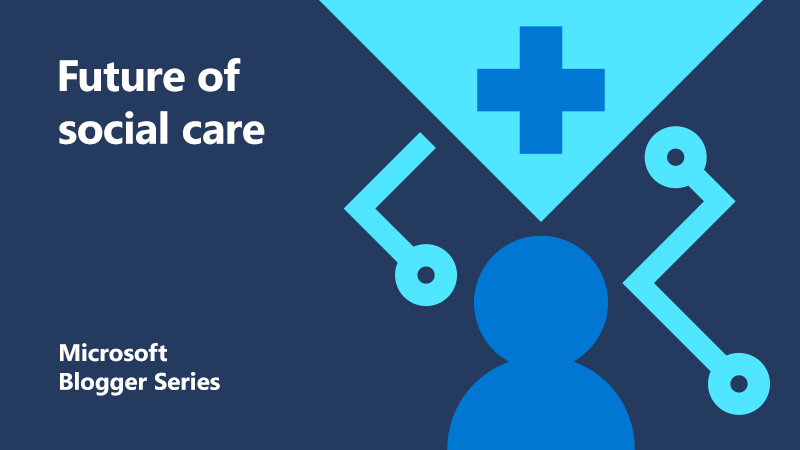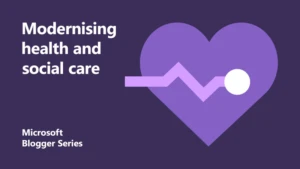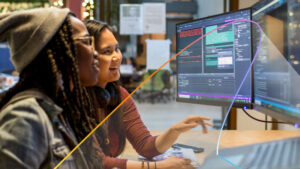
Transforming the social care experience – from transparency to innovation
There’s a lot of tech out there. Every week we’re bombarded with something new that promises to revolutionise the way we live and work. As technology floods our everyday lives, we look at how it can flow in to support a care home business, both in terms of improving the quality of care for residents as well as empowering social care staff.
Help in a highly regulated industry
To protect vulnerable people and ensure they receive the highest quality of care, social care is one of the most highly regulated industries in the UK. That includes the use of technology. In Care Quality Commission’s latest Key Lines Of Enquiries there is a question that specifically asks how technology and equipment is used to enhance care.
The answer is that the right technology can help managers and care home operators shape the way they deliver and enhance the quality of care they provide. Particularly when applied to areas that require improvement, or to meet the care needs and preferences of residents. So rather than choosing a single solution, multiple should be considered – each as a source of risk reduction, and a way for care providers to become more proactive and responsive.
For the carers
Many innovations are rightly focused on improving residents’ experiences of person-centred care. However, those who provide the care should not be overlooked. Some of the latest software is aimed at improving carers’ working conditions. For example, mobile-based services enable staff to evidence and record care interactions on-the-go, cutting paperwork for each carer by at least an hour a day and giving them more time to spend with residents.
With this electronic real-time recording, managers have access to detailed information that accurately reflects the care that was given. They can audit care activities against plans far more effectively compared to paper reports. For instance, staff can accurately and immediately evidence fluids they have offered, and what residents have drunk to reduce the risk of dehydration.
By effectively monitoring fluids electronically, one care home group reduced falls by 33%. Another care home group found that since using electronic evidence of care and care planning, the retention rate for carers increased by 40% due to improved morale.
Transparency for families
In today’s connected world, digital records are likely to become even more important as care homes come under greater scrutiny from family, friends and the media. They are demanding transparency about how loved ones are being cared for and treated.
One benefit of digital records is the ability to offer a secure portal for friends and family of residents in care homes to share messages and photos electronically. And if appropriate, relatives can view care updates and electronically sign care plans. This not only dispels families’ fears but keeps them more connected to a loved one’s new stage of life. It also gives value back to carers, since it shows and recognises everything that they do, from major activities to the smallest acts of kindness.
Continuous innovations
Other innovations that benefit both carers and residents are applied technologies, such as heart monitors. These can be worn by residents to monitor a range of medical and physical conditions, helping to ensure optimum well-being. Another is acoustic monitoring which replaces night checks by continuously monitoring residents and alerting staff when needed. Smartphones can now access the latest AI and facial recognition technology so care providers can monitor pain in people who are non-verbal, such as those living with dementia.
The future for technology in social care is both urgent and exciting, but we must never forget that people need to have contact with people. Any new technology must ensure carers have more time for personal interaction, with the focus always on improving both the lives of carers and those they’re looking after.
Find out more
How technology is modernising health and social care
About the author
 After many years as a professional software developer, Jonathan’s career in care began in the early 90s when he developed a service user billing system. The billing system went on to become the electronic care administration system CareSys, which Jonathan sold in 2010.
After many years as a professional software developer, Jonathan’s career in care began in the early 90s when he developed a service user billing system. The billing system went on to become the electronic care administration system CareSys, which Jonathan sold in 2010.
A few years after this Jonathan and his brother, Simon, set up Person Centred Software. Jonathan is a business analyst by training so he can look at a problem and work out innovative ways to solve it. Jonathan’s vision is about joined-up, holistic care, and works with carefully chosen partners to deliver the most effective systems to achieve that. As he says, ‘if it affects care, we will be there’.




